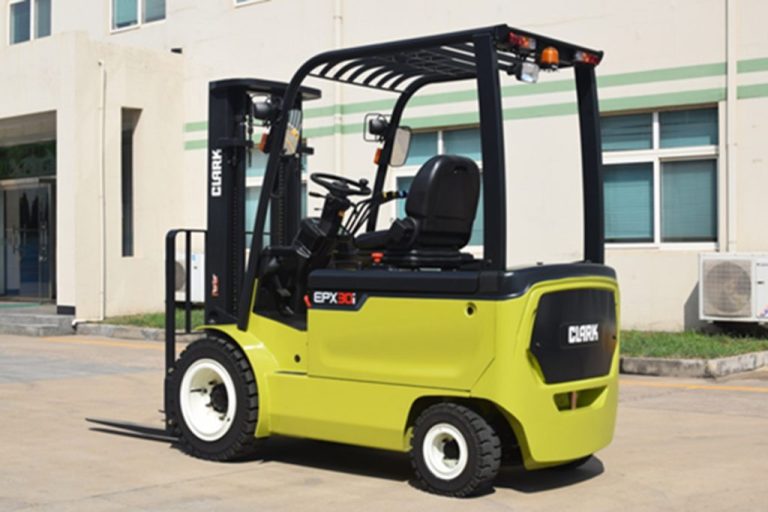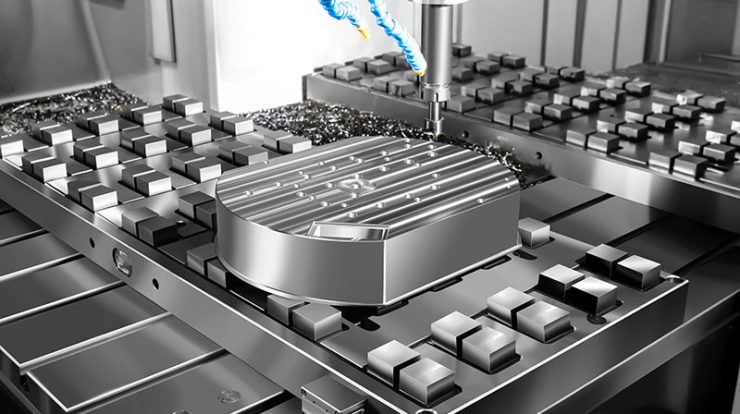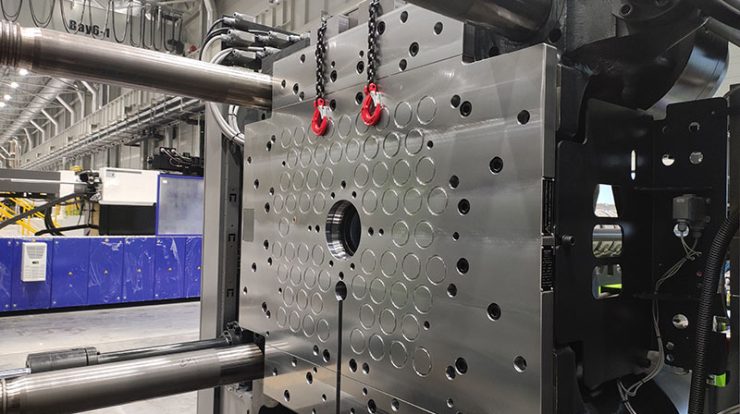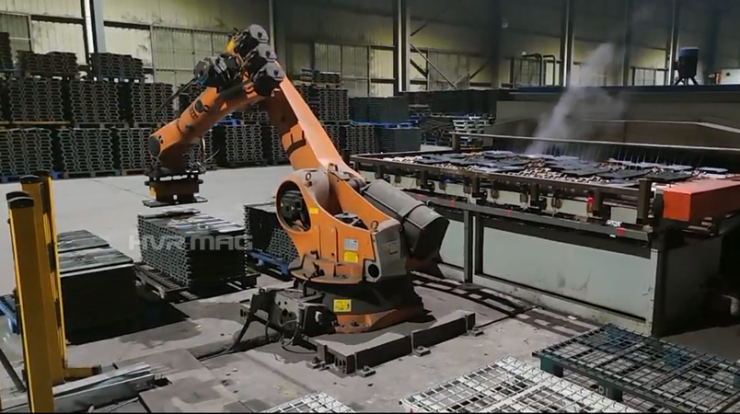Tips for Choosing the Right Hydraulic Breaker
Keywords: excavator jackhammer attachment, skid steer jackhammer
excavator jackhammer attachment
skid steer jackhammer
Getting the right construction equipment for your project is crucial. You want to find the right tool for the job, of course, but doing that can be difficult if you’re not sure where to start. When it comes to finding the ideal hydraulic breaker, there are a few things you’ll want to pay attention to. Keep reading for a few important tips for choosing the right hydraulic breakers for your demolition or excavation project.
1. Consider the Carrier
Also known as a hydraulic hammer, hoe ram, or rockbuster, a hydraulic breaker doesn’t work on its own. It needs to be mounted onto a carrier. Correctly pairing the breaker to the carrier is vital for getting the most power and longevity out of the demolition tool. As you consider your carrier, you’ll need to factor in its operating weight, lift capacity and hydraulic output to make sure that your hydraulic breaker will be properly powered. If the hydraulic breaker is too large or heavy for your chosen carrier, you’ll experience excessive wear of both machines and tipping problems. If the breaker is too small, its frame and outer casing will be prone to cracks at the weldments, and likely damage the hammer with too much oil delivery, which could set your project back.
2. Size and Power
Another thing you’ll need to pay close attention to is getting the right sized hydraulic hammer for the task at hand. What types of materials need to be broken down in your project? If working with rocks, keep in mind that hardness differs greatly among different rock types. A hydraulic breaker that isn’t large enough for the material will be overtaxed, causing it to fail prematurely. Also, consider the overall thickness of the material and whether it is solid or has fissures, or cracks in it. If you’re working with concrete instead of rock, you’ll need to know if there are any rebar reinforcements.
3. Advanced Features
Whether you’re looking for an internal or external valve hydraulic breaker, many models have advanced features that might serve your project well. For example, automatic power adjustment allows the breaker to change its power based on the determined hardness of the material. Energy recovery systems heighten the power capacity of the hydraulic hammer by redirecting energy from the accumulator. Other features like automatic lubrication, noise dampening, speed control and dust suppression could also be useful for your project.
4. Don’t Go Overboard
It can be tempting to go all out and choose the largest hydraulic breaker possible with all the extra features, but remember that less is more in many cases. Always consider what you need for what you do in your demolition, excavation or quarry business. A hydraulic hammer with lots of complicated features can often be more difficult and more expensive to repair. If the hydraulic breaker is penetrating the material at every cycle, it will get the job done efficiently. If the material’s hardness does not require it, having a much heavier hydraulic breaker will slow your ability to maneuver the breaker across the material, and increase the likelihood of blank firing. However, most demolition and excavation contractors choose the largest breaker that can be safely matched to their skid steer, excavator or backhoe as they want to be prepared for the hardest material they will encounter, and avoid rentals.
Contact Gorilla Hammers
Whether you’re working on a large or small project, our Hydraulic Hammer Advisors™ will ask you the right questions about your carrier and the work you are facing, to ensure that you are purchasing the right breaker for the job. Gorilla Hammers has the quality hydraulic breakers you need, typically shipping within 48 hours of your order.
Give Gorilla a call and get started today!




